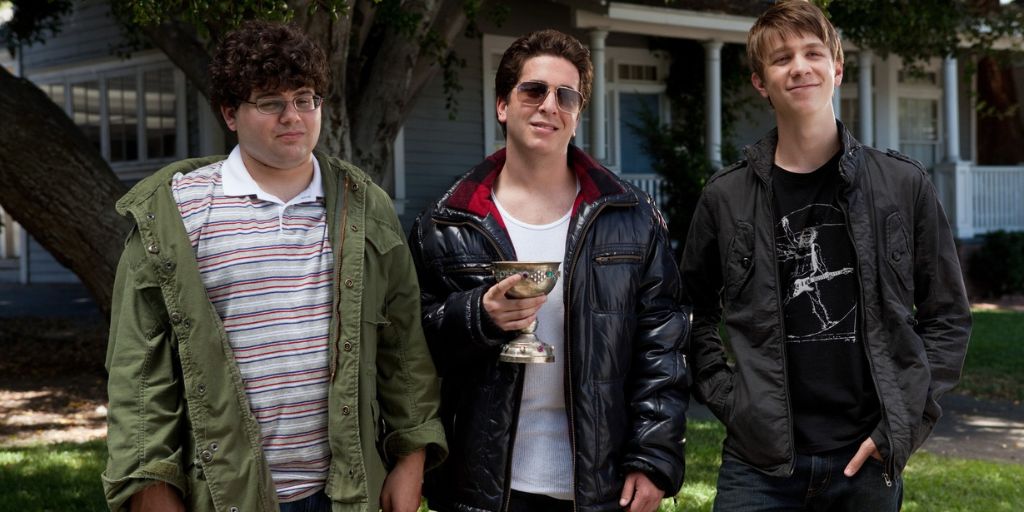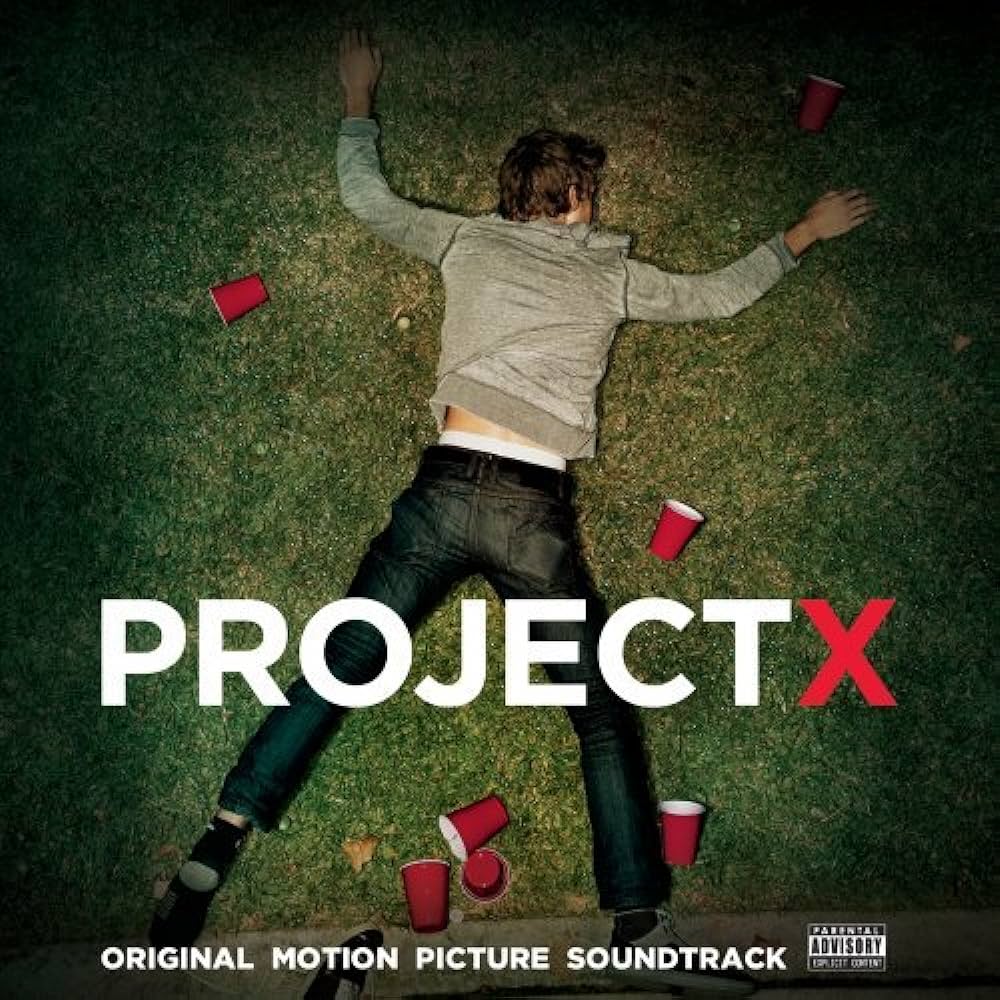Is Project X A True Story? The Truth Behind The Party
Did the bacchanalian frenzy depicted in Project X truly transpire? The reality is far more nuanced than a simple yes or no. While the film itself is a work of fiction, its roots are tangled in the very real phenomenon of out-of-control teen parties. The films depiction of escalating chaos, fueled by social media and adolescent recklessness, taps into a primal fear and fascination with the unpredictable nature of youth.
The 2012 film, presented in the now-familiar found-footage style, chronicles the infamous party thrown by three high school nobodies, Thomas, Costa, and J.B., desperate for social recognition. Their plan for a low-key gathering quickly spirals into an anarchic free-for-all, complete with a dwarf in a flaming oven, a drug-dealing psychopath, and a news helicopter hovering overhead. While the sheer scale of the cinematic mayhem may seem exaggerated, the underlying anxieties about teenage behavior, peer pressure, and the allure of transgression resonate with a disturbing truth.
| Name | Profession | Known For | Connection to Project X |
|---|---|---|---|
| Nima Nourizadeh | Director | Project X, American Ultra | Directed the 2012 film |
| Michael Bacall | Screenwriter | Project X, 21 Jump Street, Scott Pilgrim vs. the World | Co-wrote the screenplay |
| Matt Drake | Screenwriter | Project X | Co-wrote the screenplay |
| Todd Phillips | Producer/Director | The Hangover trilogy, Old School, Joker | Produced Project X |
IMDb page for Project X (2012)
The film's DNA can be traced back to the real-life exploits of Corey Worthington, an Australian teenager who gained notoriety in 2008 for throwing a massive party while his parents were away. News of the party, promoted on MySpace, went viral, attracting over 500 revelers and culminating in a riot-like atmosphere that required police intervention. While the filmmakers deny directly basing Project X on Worthingtons escapades, the parallels are undeniable. Both events capture the volatile mix of teenage boredom, the desire to belong, and the intoxicating power of social media to amplify even the most mundane gatherings into spectacles of excess.
The film's blurred lines between fiction and reality fueled its controversial reception. Many criticized Project X for glorifying reckless behavior and underage drinking, fearing it might inspire copycat parties. Others argued that the film, while extreme, held a mirror to contemporary youth culture, reflecting the pressures and anxieties faced by teenagers in a hyper-connected world. The debate surrounding the films message highlights the complex relationship between art and its audience, and the ethical responsibilities that come with portraying potentially harmful behavior on screen.
Beyond the immediate controversy, Project X sparked a larger conversation about responsible parenting, the dangers of social media, and the need for open communication between parents and children. The film serves as a cautionary tale, reminding us of the potential consequences when adolescent experimentation collides with unchecked access and the amplifying effect of online platforms. While the film doesn't offer easy answers, it forces us to confront uncomfortable truths about the challenges of raising teenagers in the digital age.
The production of Project X, shot in Los Angeles over five weeks on a $12 million budget, employed a cinma vrit aesthetic, lending a sense of raw authenticity to the unfolding chaos. This documentary-style approach, combined with the films found-footage framing device, contributed to the sense that audiences were witnessing a real event unfold. This deliberate blurring of lines further fueled the debate about the films realism and its potential impact on viewers.
While the 2012 film shares its title with a 1987 science fiction comedy-drama involving chimpanzees, the two projects are unrelated. The shared title adds another layer of complexity to the Project X legacy, highlighting the diverse ways in which the same phrase can evoke entirely different narratives and cultural associations.
Ultimately, the enduring question of whether Project X is "based on a true story" misses the point. The film's power lies not in its factual accuracy, but in its ability to tap into universal anxieties about teenage rebellion, the allure of transgression, and the unpredictable consequences of unchecked behavior. Project X remains a potent cultural artifact, provoking discussion and debate long after the credits roll.
The film, directed by Nima Nourizadeh, who later directed American Ultra, and written by Michael Bacall, known for his work on 21 Jump Street and Scott Pilgrim vs. the World, along with Matt Drake, became a box office success despite its controversial nature. This success speaks to the film's ability to capture the zeitgeist of a generation grappling with the complexities of adolescence in the digital age.
While comparisons have been made to satirical animated shows like It's Always Sunny in Philadelphia and South Park, Project X distinguishes itself through its focus on the visceral experience of teenage life. The film's humor, while often crude and immature, derives from the recognizable awkwardness and anxieties of adolescence, making it relatable to audiences who have navigated similar social landscapes.



Detail Author:
- Name : Madelyn Stanton III
- Email : hschumm@hotmail.com
- Birthdate : 1994-05-30
- Address : 322 Pagac Streets North Alizemouth, AR 61275
- Phone : +13519695028
- Company : Bogan, Howe and Murray
- Job : Industrial Production Manager
- Bio : Natus qui aspernatur dicta dolor. Adipisci facilis officiis et recusandae quo laboriosam assumenda. Labore possimus nulla nihil quae libero.